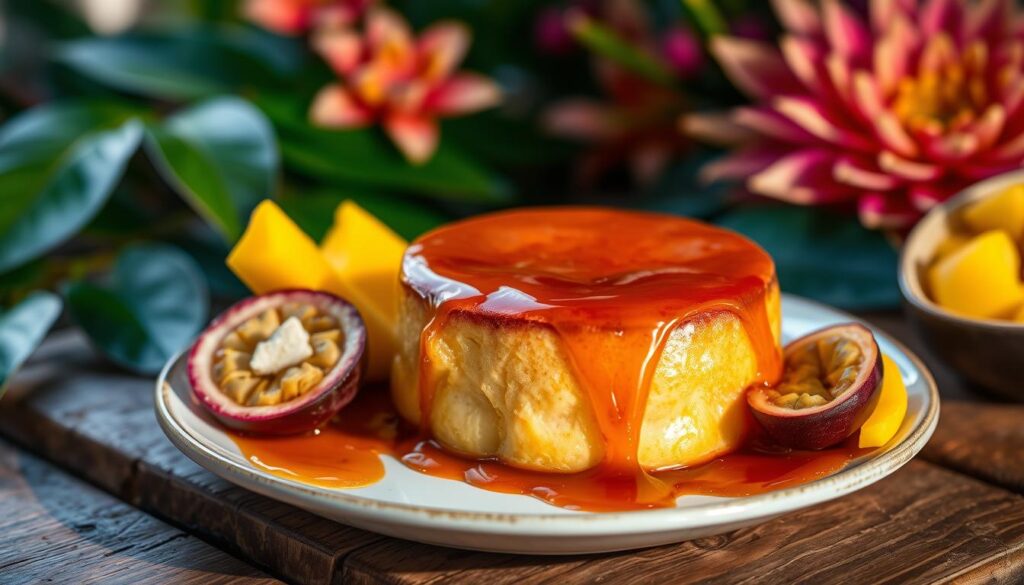Flavor, Health Benefits & More
Star anise isn’t just a pretty spice hanging out in your kitchen. With its distinctive flavor and numerous health benefits it is a powerhouse ingredient not to be missed. Let’s get into what star anise is what it’s used for from a culinary standpoint its nutrition profile and the best ways to use it in your cooking.
What is Star Anise? Botanical Sources and Distinct Flavor Characteristics
Star Anise: A Botanical Overview
Star anise (Illicium verum) a star-shaped spice originates from Northeast Vietnam and South China. It is grown on trees in warm, humid climates. The spice is made from the fruit of the tree which is collected prior to ripening and dried until it assumes its recognizable shape.
Distinguishing Features:
- Shape: Eight-pointed star.
- Color: Dark brown.
- Scent: Strong, sweet and mildly licorice-like.
The Distinctive Flavor of Star Anise: A Culinary Exploration
Star anise is an aromatic spice with a complex flavor including notes of licorice, sweetness and warmth.
Culinary Uses:
- Chinese Cuisine: A musthave in fivespice powder it seasons broths and stirfries.
- Vietnamese cooking: Seen often in pho.
- Indian Food: For cooking with curries and masalas.
Popular Dishes:
- Beef stew with star anise.
- Spiced tea blends.
- Gingerbread cookies and other baked goods.
Star Anise: A Nutritional Powerhouse
Nutrients and Compounds in Star Anise
Star anise is not only flavorful but it is also loaded with nutrients.
- Vitamin Content: Great source of Vitamin C which helps to boost immune defense.
- Mineral Content: Provide plenty of iron that is important for blood.
Phytochemicals:
- Presence of anethole which could offer anti-inflammatory effects.
Star Anise: Science-Backed Potential Health Benefits
Research indicates that star anise provides several health benefits.
- Antioxidant Power: High in antioxidants that fight oxidative stress
- Immune System Booster: Though some studies suggest it can improve immune response.
- Traditional Uses: Used to treat a wide variety of digestive issues and to relieve coughs in different cultures.
How to Use Star Anise in Cooking and Baking
Incorporating Star Anise into Savory Dishes
Star anise brings a distinct flavor that can enhance savory dishes.
Savory Dishes:
- Stews: Contributes richness when simmered.
- Curries: Good in coconut-based dishes.
Tips:
- Simmer star anise in liquids longer to unleash its complete flavor.
- Combine with ginger cinnamon or garlic for an aromatic kick.
Cooking with Star Anise: Mouthwatering Uses
Star anise can also shine in sweet dishes.
Baked Goods:
- Crust: Imparts a warm spiced flavor to dough.
- Cakes and cookies: Ideal in spiced biscuits or fruit cakes.
Tips for Baking:
- To keep the flavor even grind star anise.
- Use star anise to infuse liquids (such as milk) for delicate flavoring.
Star Anise vs. Comparison with Other Spices and Its Key Differentiators
Star Anise vs. Anise Seeds: A Comprehensive Comparison
Star anise and anise seeds may look similar but they are quite different.
- Botanical differences: Star anise grows on a tree anise seeds grow on a flowering herb.
- What It Tastes Like: Star anise has a stronger licorice flavor whereas anise seeds have a more delicate flavor.
Culinary Applications:
- Use star anise in broths and stews anise seeds are more effective in baked goods.
Star Anise and Fennel: Differences and Similarities
Star anise and fennel have flavors in common but serve different purposes.
- Botanical relationships: Star anise: Illiciaceae family Fennel Apiaceae family
- Flavor Notes: Sweet slightly licorice flavor star anise is stronger.
Uses in Cooking:
- Fennel turns up in salads and roasted preparations star anise makes its way into elaborate stews and soups.
Sourcing and Storing Star Anise: Tips for Quality and Freshness
How to Choose Good-Quality Star Anise
To maximize its benefits choose the highest-quality sources of star anise.
Visual Cues:
- Search for mature pods that are a deep brown color and have a strong fragrance.
- Make sure they are sealed with no mold.
Sourcing Tips:
- Buy from reputable suppliers and consider ethical sourcing.
Preserving the Flavor and Aroma of Star Anise
Storing properly will keep your star anise fresh.
- Storage Techniques: Keep in airtight containers away from light and heat.
- Shelf Life: Whole pods last longer than ground spice; check for signs of spoilage.
Conclusion: Embracing the Versatility of Star Anise
Star anise is one of the most versatile spices in your kitchen adding unique flavors along with multiple health benefits.
Key Takeaways: Taste, Nutrition and Cooking Uses
- It lends dishes its sweet licorice-like taste.
- Nutrient and antioxidant dense for health-luvin
- One fun new ingredient to play around with in savory or sweet dishes.
Scope for Further Research and Potential Uses
They also continue to research health benefits of star anise. Its promise for drugs and natural cures makes an exhilarating area to pursue in the future. And don’t be afraid to use this spice in your cookings and reap its benefits!
FAQs
1. What is star anise and how is it different than regular aniseed?
Star anise, or Illicium verum is a spice obtained from anise-flavored star-shaped fruit originating in Southeast Asia. Regular aniseed comes from the Pimpinella anisum plant while star anise has a stronger more intense licorice-like flavor and is used more often in Asian cuisine and spice blends. The spices are similar in flavor but they aren’t the same spice.
2. What does it taste like when combined with baking?
Yes! It can also be used in baking lending a warm, aromatic flavor to cookies cakes and pastries. It goes especially well with other warming spices cinnamon nutmeg and cloves. You can use ground star anise or steep whole pods in liquids before adding them to your recipes.
3. How do I use whole star anise in cooking?
Whole star anise is usually used in soups stews broths or mulled drinks. It adds a rich aromatic flavor when simmered but should be removed before serving. It can also be an ingredient in spice blends such as Chinese five-spice powder or garam masala.
4. Is star anise edible or safe to eat?
Yes star anise is safe to eat in moderation. Well there are actually two varieties of star anise Chinese and Japanese. The Japanese type (M. japonica) for example is highly poisonous and should not be used. In cooking, always make sure you’re using the Chinese variety (Illicium verum).
5. What is the proper way to store star anise to keep flavor?
Keep star anise whole to protect its flavor and aroma keep it in an airtight container in a cool dark place away from light and heat. Ground star anise should also be stored in an airtight container and used up within a few months for peak flavor.
6. Can you use something else in place of star anise?
If you didn’t have star anise you could use aniseed or fennel seeds instead though the flavor would be slightly different. For dishes that want to be more traditional try a mix of cinnamon, cloves, and tiny splashes of licorice root that’ll fill in for the complex flavor of star anise, which is very unique.



